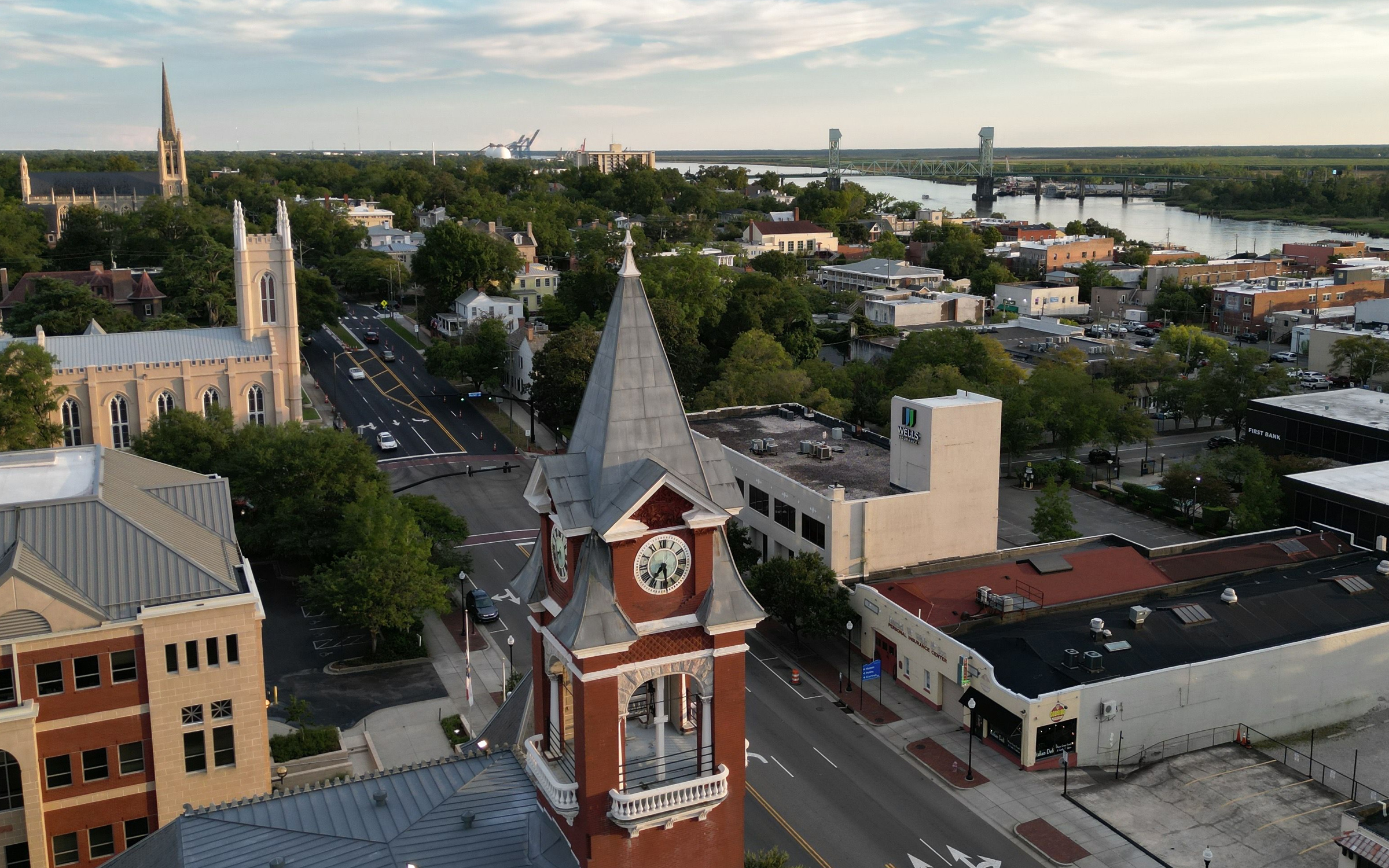
2023 was a successful but challenging year for McKinley as like many of you, we navigated a volatile US economy coming out of the Pandemic. In looking ahead to 2024 I wanted to provide the following Economic Outlook Newsletter: Navigating Challenges and Opportunities
1. US Economic Forecast: Short and Shallow Recession Anticipated
The Conference Board, a global nonprofit think tank, predicts a short and shallow recession in the US due to mounting headwinds. Factors include elevated inflation, high-interest rates, dissipating pandemic savings, rising consumer debt, lower government spending, and the resumption of mandatory student loan repayments. Real GDP is forecasted to grow by 2.2% in 2023, falling to 0.8% in 2024(*1).
2. Consumer Spending and Business Investment Trends
Despite resilient consumer spending in 2023, various factors like flat real disposable income growth, diminishing pandemic savings, and rising household debt are expected to slow consumer spending. Business investment rebounded in Q2 2023 and may reverse due to softening US consumption and rising interest rates. Residential investment is expected to rise in 2024 due to lower interest rates and strong demand (*1).
3. Government Spending and Inflation Outlook
Government spending was a positive growth driver in 2023, but reductions in discretionary outlays are expected to limit overall spending later in the year. On inflation, progress is anticipated over the coming quarters, with bumpy paths. While energy prices rise, rental prices’ moderation is expected to cool inflation, with year-over-year readings remaining around 3% at 2023 yearend (*1).
4. Labor Market and Late 2024 Stability Forecast
Labor market tightness is expected to moderate, but the persistent shortages in some industries and labor hoarding will likely prevent a deep contraction. Late in 2024, overall growth is expected to stabilize, inflation to approach 2%, and the Fed to lower rates to nearly 4%, although labor market tightness remains an ongoing challenge for the next several years as Baby Boomers retire in mass (*1).
5. Indiana University Kelley School of Business Optimistic Forecast
The Kelley School predicts a modest economic slowdown in the first half of 2024, followed by reacceleration in the second half. Inflation is expected to fall from 3.9% to 2.2% in the second half of 2024. Real GDP is projected to slow to 1.6% in the last quarter of 2023 and the first half of 2024, then rise to 1.8% in the final two quarters (*2).
6. Commercial Real Estate Challenges and MBA’s Baseline Forecast
Commercial and multifamily mortgage borrowing is expected to decline by 46% to $442 billion in 2023, according to the Mortgage Bankers Association. Rising interest rates, supply-demand dynamics, and low transactions contribute to this decline (*3).
7. Insights from CBRE on Construction and Economic Indicators
The Current Situation:
- Construction employment cost index is up 4.6% from last year, historically increasing around 3.5% year-over-year since 2017.
- Construction industry labor force increased by 4.3% in the last six months with low unemployment at 3.8%.
- Skilled labor shortage persists across shipping, trucking, manufacturing, and on-site construction.
Supply Chain & Material Availability:
- The Freight cost index is down despite higher petroleum costs; diesel fuel costs increased by 20.8%.
- Improved availability for many construction materials, while mechanical and electrical equipment maintain extended lead times.
- Stable material and commodities costs over the last quarter.
Contractor Confidence & Construction Volume:
- Contractor backlog remains strong at +9.0 months nationally.
- Private commercial construction volume increased +7.8% since last quarter and +6.7% compared to last year.
- Contractor confidence is mixed but potentially on the upswing.
Cost Escalation:
- Consumer Price Index (CPI) rate reached 3.7% in August 2023, compared to the 40-year high of 9.1% in June 2022.
- CBRE Construction Cost Index forecasted at 6.5% (±2%) for the year, higher than the 10-year average4.
Sources:
Footnotes
The Conference Board Economic Forecast, October 2023. *2, *3, *4
Indiana University Kelley School of Business Economic Forecast, November 2023. *1
Mortgage Bankers Association Baseline Forecast, October 2023. *1
Insights from CBRE Construction and Economic Indicators, October 2023. *1





























